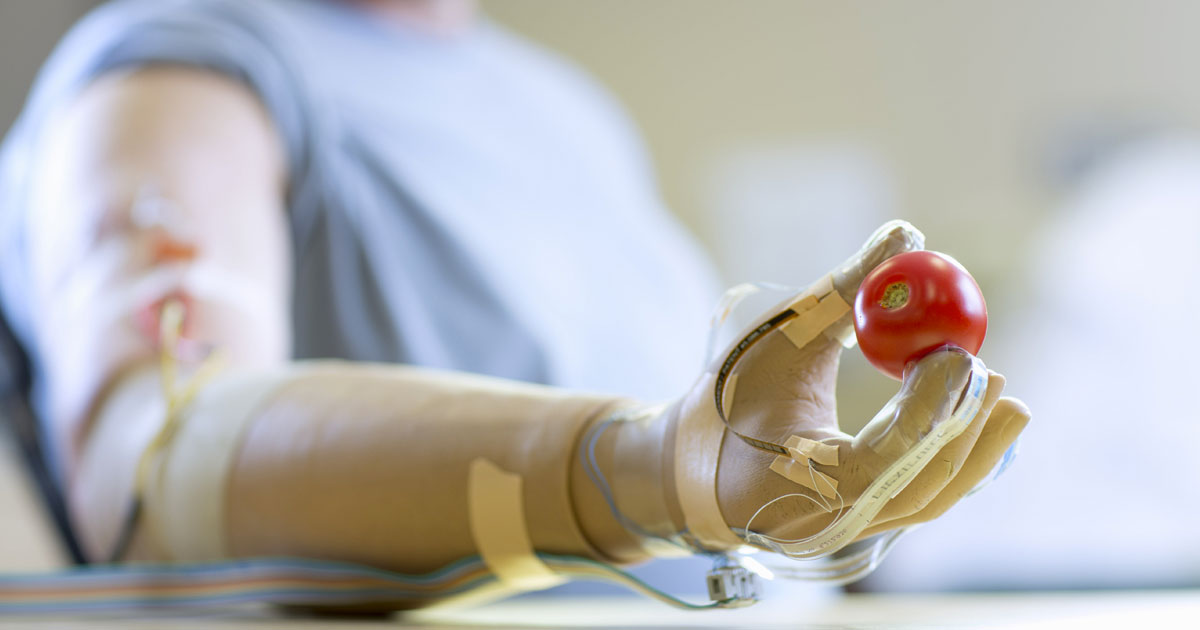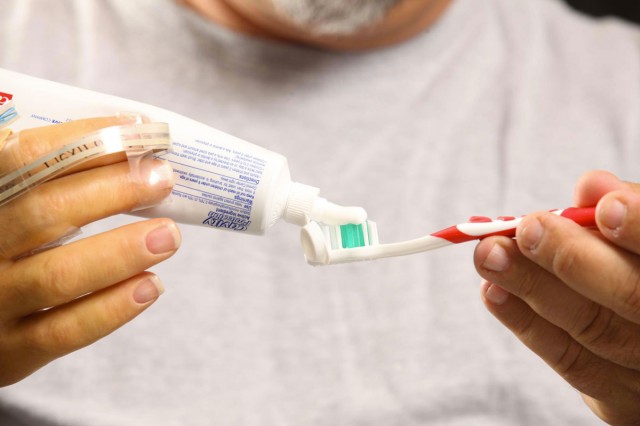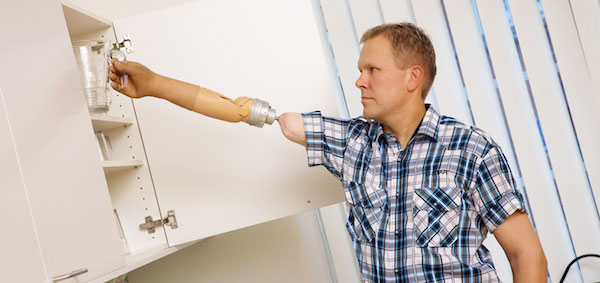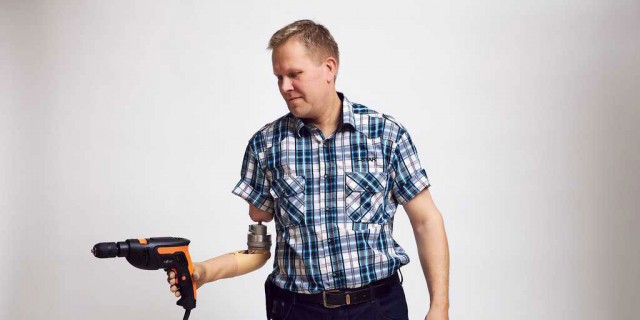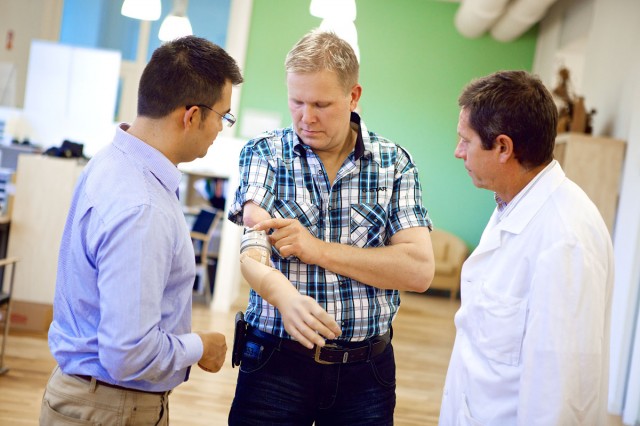Researchers at Case Western Reserve University have successfully developed a prosthesis which approximates the natural sensation of touch. It has been developed by a team led by Dustin Tyler, and is connected to nerves under the skin by electrodes. Earlier two adult amputees had these electrodes implanted for a duration of two and half years, and were able to perform their daily tasks without problem.
Researchers were also able two generate different sensory perceptions by sending electrical signals through these electrodes. Different signal patterns generated different responses by the neurons, like some patterns gave the feeling of grasping an object using the prosthesis. According to Dr Tyler, for the amputees, the body sensors used to simulate these parts of the brain are lost.
It was a pleasant surprise for the amputees to get back these sensations after a long time. In an experiment, one of the subject felt that he was grasping a cotton ball while another patient felt that water was dripping on his hand. Hence, this can help an amputee to use its prosthesis with more dexterity. He can grab even soft objects like grapes and tomatoes without crushing them.
[youtube]http://www.youtube.com/watch?v=IAqx7joKwAA[/youtube]
In another research study led by Max Ortiz-Catalan at Chalmers University of Technology, efforts are being made to increase the stability and freedom of movement of artificial arms. In this approach named as the “osseointegrated”, the proethesis is integrated directly into the bones, muscles and nerves of the amputee above the elbow. This approach results in unmatched stability. Tittanium rod is used to attach the prosthess with the bone and it looks like a natural extension of the arm. Again, the elerodes are implanted under the skin for the sensory feedback and precise control. The patients were able to do everyday tasks without any problem and even sleep with it.
[youtube]http://www.youtube.com/watch?v=Z3uE4bRSkMc[/youtube]
These revolutionary innovations successfully combines biology with technology. We are delighted to see that people who have lost an arm or hand can regain their natural feelings and hope that these two products will be readily accessible to the general public. As for you, do you think that technology and medicine must work together to improve the lives of people with disabilities?
